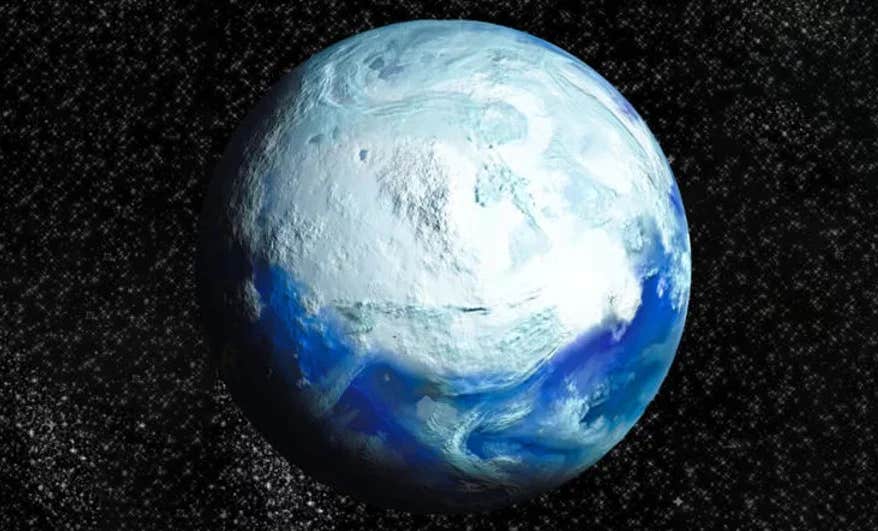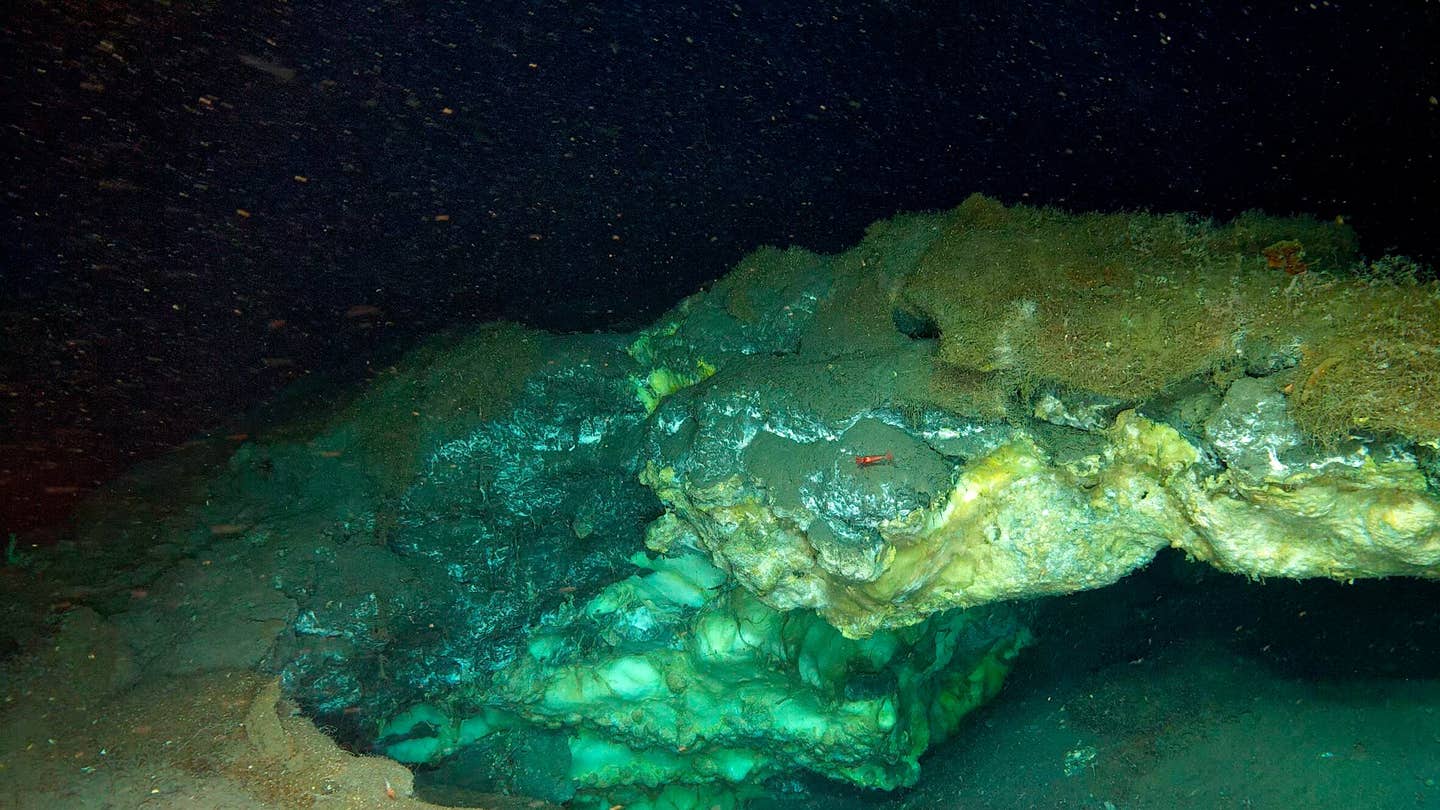Scientists discover the cause of Earth’s longest ice age 700 million years ago
New research reveals how volcanic CO2 emissions and plate tectonics triggered Earth’s longest ice age over 700 million years ago.

Over 700 million years ago, Earth experienced a dramatic climate event known as the Sturtian glaciation. (CREDIT: CC BY-SA 4.0)
Over 700 million years ago, Earth experienced a dramatic climate event known as the Sturtian glaciation, one of the most extreme ice ages in history. During this period, the planet was encased in ice from pole to equator, with temperatures plummeting to levels that could have frozen entire oceans.
Scientists have long debated what caused this prolonged global freeze, but new research is shedding light on the forces that triggered and sustained it.
The Role of Volcanic Carbon Dioxide Emissions
A team of geologists in Australia recently published a study in the journal Geology, revealing that a drop in volcanic carbon dioxide (CO2) emissions played a crucial role in initiating this glaciation.
Lead author Dr. Adriana Dutkiewicz, an ARC Future Fellow, describes the event: "Imagine the Earth almost completely frozen over. That's just what happened about 700 million years ago; the planet was blanketed in ice from poles to equator and temperatures plunged. However, just what caused this has been an open question."
To investigate, scientists turned to advanced plate tectonic models. These simulations traced the movement of Earth's landmasses and the volcanic activity associated with them. They discovered that around 717 million years ago, CO2 emissions from mid-ocean ridges dropped to a historic low.
Volcanic activity at these ridges usually releases significant amounts of CO2, a greenhouse gas that helps warm the planet. When these emissions decreased, Earth's atmosphere lost a critical heat-trapping component, setting the stage for global cooling.
Related Stories
The Supercontinent Connection
Another factor influencing the climate at the time was the breakup of Rodinia, an ancient supercontinent. As tectonic plates shifted and fractured, they exposed vast areas of fresh rock to weathering.
This process, known as silicate weathering, removes CO2 from the atmosphere by locking it into minerals. The Franklin large igneous province (LIP), a massive volcanic region in what is now Canada, played a major role in this process. Rapid weathering of its rocks further reduced atmospheric CO2, reinforcing the cooling trend.
While previous studies have suggested that volcanic eruptions could contribute to cooling by releasing sulfur aerosols that reflect sunlight, the new research points to a long-term reduction in CO2 emissions as the primary driver.
Co-author Professor Dietmar Müller from the University of Sydney explains, "Geology ruled climate at this time." The prolonged ice age, which lasted for an astonishing 57 million years, aligns with a period of extremely low volcanic CO2 outgassing, suggesting that tectonic forces played a dominant role in regulating Earth's climate.
A Prolonged Ice Age
One of the most puzzling aspects of the Sturtian glaciation is its extraordinary duration. Most ice ages in Earth's history have lasted a few million years, but this one stretched from 717 to 660 million years ago.
Researchers propose that the combination of reduced volcanic CO2 emissions and extensive silicate weathering created a feedback loop that kept Earth locked in a frozen state.
Numerical models support this hypothesis. Studies indicate that once CO2 levels fell below 200 parts per million (ppm), less than half of today's levels, a runaway ice-albedo effect took hold. This process occurs when ice reflects more sunlight, causing temperatures to drop further and expanding ice coverage. As a result, Earth remained in a deep freeze for tens of millions of years.
Eventually, the ice age ended when volcanic activity increased again, releasing enough CO2 to warm the planet. This warming, likely fueled by a combination of mid-ocean ridge activity and terrestrial volcanism, gradually melted the extensive ice sheets and returned Earth to a more temperate state.
Implications for the Future
The findings from this study offer insight not only into Earth's past but also its potential future. Dr. Dutkiewicz notes, "The Earth is currently on a trajectory of lower volcanic CO2 emissions, as continental collisions increase and the plates slow down."
This raises the possibility that our planet could enter another prolonged ice age in the distant future. However, she cautions that the timescales involved are vastly different from the rapid climate changes caused by human activities today.
NASA and other climate organizations emphasize that while geological processes influence Earth's climate over millions of years, human-induced CO2 emissions are driving changes on a much shorter timescale.
The burning of fossil fuels is increasing atmospheric CO2 levels at an unprecedented rate, counteracting any long-term cooling trends associated with plate tectonics.
Understanding Earth's climate history helps scientists predict how tectonic activity, CO2 levels, and other factors might shape the planet's future. The Sturtian glaciation serves as a reminder that Earth's climate is a complex system influenced by both natural geological processes and human activities.
As research continues, scientists will refine their models to better understand these intricate interactions and their implications for the world we live in today.
Note: Materials provided above by The Brighter Side of News. Content may be edited for style and length.
Like these kind of feel good stories? Get The Brighter Side of News' newsletter.



